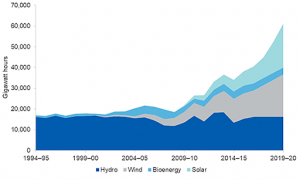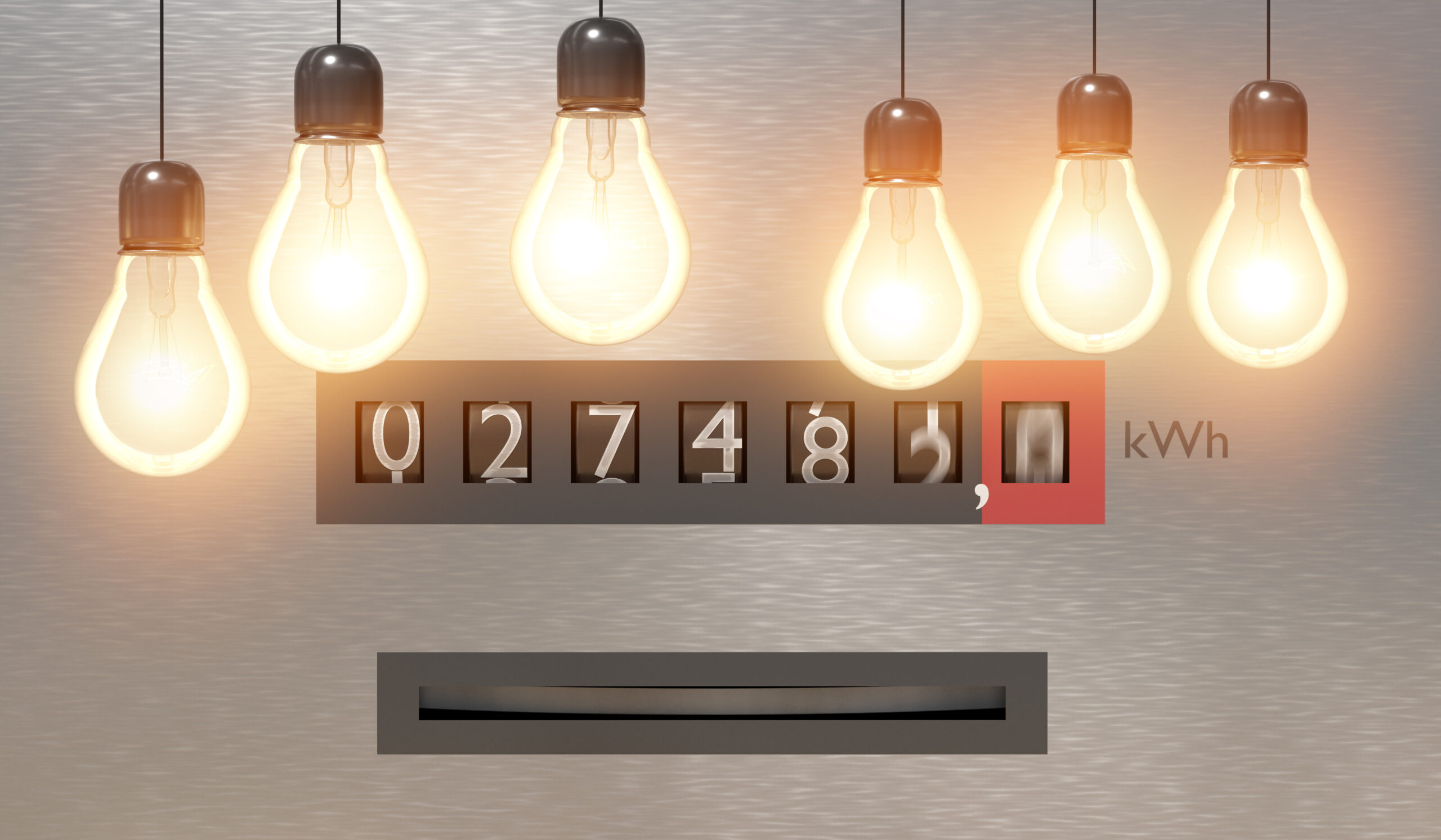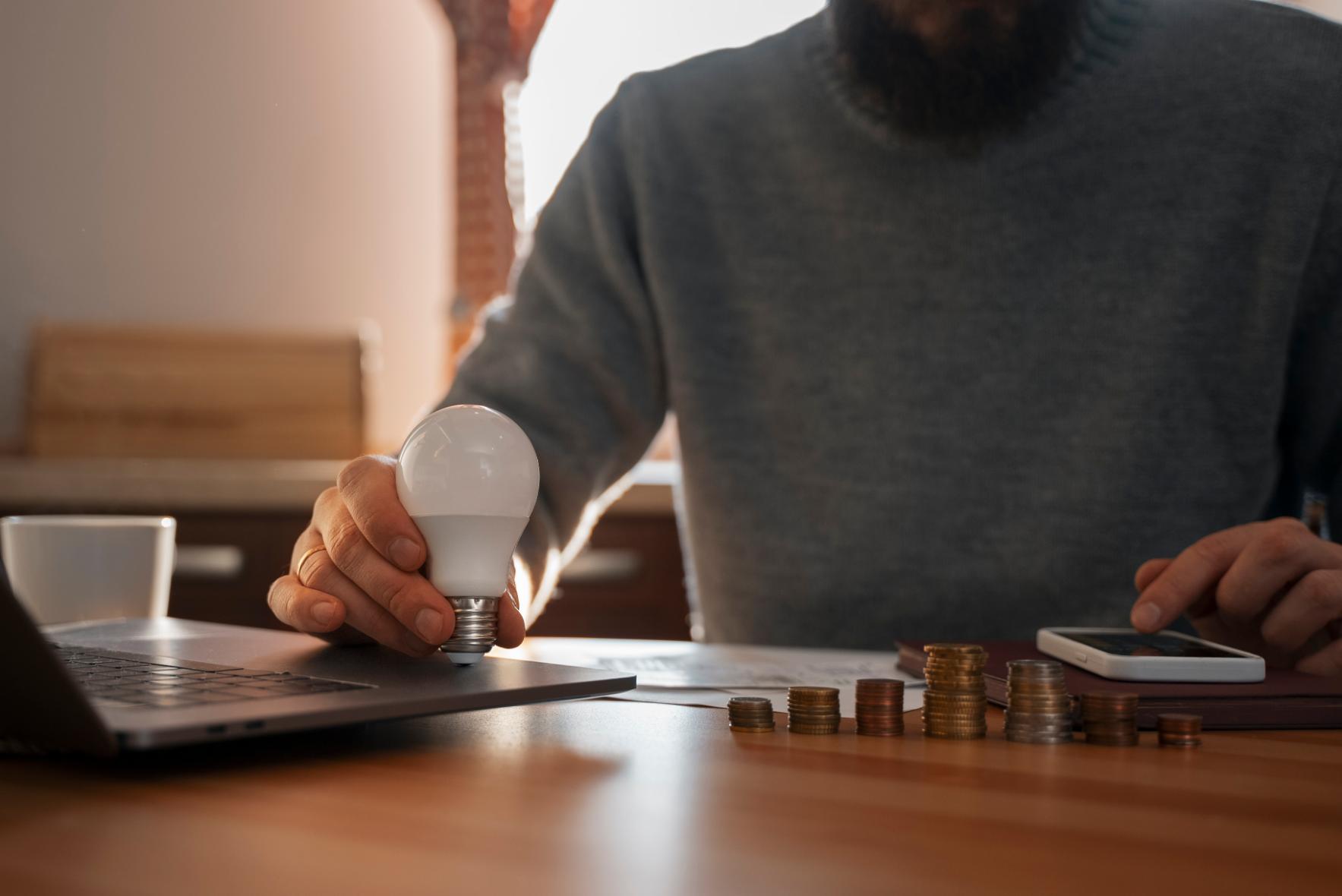Electricity. We know that it powers our homes and businesses, and we know it costs us our hard-earned money. But have you ever wondered what electricity actually is? We have! And we’ve put together this handy article to decode the science behind it.
Why is electricity important?
Firstly, let’s stop to think about what electricity does for us. Electricity is the primary power source in Australia and one of the most important innovations of the modern era. We use electricity to power almost everything we do, including:
- Household cooking appliances
- Heating and cooling
- Entertainment
- Trains, planes, and cars
- Hospitals and medical equipment
- Computers and workplace supplies
- And almost everything else….
How is an electrical current made?
An electrical current is made when an outside force upsets the balance of protons and electrons in an atom. This might be an electrical or magnetic force that causes the atom to lose electrons. The free movement of electrons is an electrical current.

Electricity is a secondary energy source. The primary energy source is the force that causes the movement of electrons. In nature, the primary source can be an imbalance between storm clouds and the ground which results in a lightning strike. In man-made electricity, the primary source can be the conversion of coal, wind, or solar power. The process is below:
- The energy from the primary sources is harnessed to spin a turbine.
- The turbine powers a generator.
- The generator contains large magnets that spin within copper wires.
- The magnetic force from these spinning magnets causes electrons in the atoms of the copper wires to discharge, resulting in an electrical current.
Is electricity bad for the environment?
To provide a reliable and consistent source of electricity to homes and businesses, Australia generates electricity in power plants. Although the electricity produced by these power plants does not harm the planet, the waste from the primary power sources, main coal, is a major problem for the environment. In Australia, most of the electricity in the market is generated using fossil fuels – about 76% of electricity is produced using fossil fuels – 54% of this is coal-powered, 20% gas, and 2% oil (energy.gov.au). There are currently 24 coal-fired power stations in use across Australia, using both black and brown coal, which contribute about 78% of the electricity used by the National Electricity Market, one of the largest electricity markets in the country (aph.gov.au).
There is some good news for electricity consumers who are worried about their carbon footprint. Australia’s electricity generation is trending towards renewable sources. In 2020, 24% of electricity in Australia was made using renewables, increasing from 21% in 2019 (energy.gov.au). This includes 9% solar, 9% wind, and 6% hydro, with a further 16% produced privately by businesses and households (energy.gov.au). If you want to contribute to these statistics by investing in solar panels for your home or business, read our guide to solar energy.

(Image source: energy.gov.au)
How does electricity reach my home?
Once the electrical current is generated in the power plant, solar farm, or wind farm, it enters ‘the grid’. The grid is a complex system of conductor wires that spans Australia, connecting homes and businesses to their power source. In a country as vast as Australia, this is no laughing matter!
The National Electricity Market (NEM) powers Australia’s east coast, including Queensland, New South Wales, the ACT, Victoria, Tasmania, and South Australia. To achieve this, high-voltage transmission lines transport electricity from the source to homes and businesses via low-voltage poles and wires. From Port Douglas to Port Lincoln, this network covers over 5,000km, making it one of the largest electricity markets in the world (aemc.gov.au).
On your electricity bill, you will notice a supply charge. The supply charge includes the cost for the distributor to maintain the grid, including the wires and poles that transport electricity to your home.
What’s the best electricity option for me?
Now you know what electricity is and how it reaches your home, you might be thinking about the best way for your household or business to consume electricity. You can significantly impact your electricity bill and make some big savings by reviewing your approach to electricity.

You can produce your own electricity by installing solar panels. Not only can this save you money, but it will also reduce your carbon footprint and contribute to Australia’s Renewable Energy Target. If you decide to make the switch to solar, make sure you review your energy provider. To make the biggest savings to your electricity bill, look for an electricity retailer offering a high solar feed-in tariff, (the amount you will be paid for any extra electricity you produce and feed back into the grid) and competitive off-peak rates, because you will still need to use energy from the grid in the evenings when your solar panels aren’t generating any electricity.
There are also many retailers and plans available to purchase your power from the grid. It’s a good idea to review your plan every 12 months to make sure that you are still getting the best deal. Things to consider when reviewing your electricity provider are:
- On-peak and off-peak rates
- Discounts and special offers
- Bundle offers – you might make a saving by having your electricity, gas, and internet with one provider
- Partners – you can often access savings from a range of shopping and entertainment partners, or earn reward points
- Customer service
Finding the right electricity provider can be a game-changer, but it can also be a headache! If you don’t have the time or the inclination to spend hours comparing providers, let CheapBills do the hard work for you! CheapBills will compare your bill with our range of preferred providers and find you a deal to save you money. All it takes is one easy phone call! Call us on 1300 786 045 or enter your details here.








